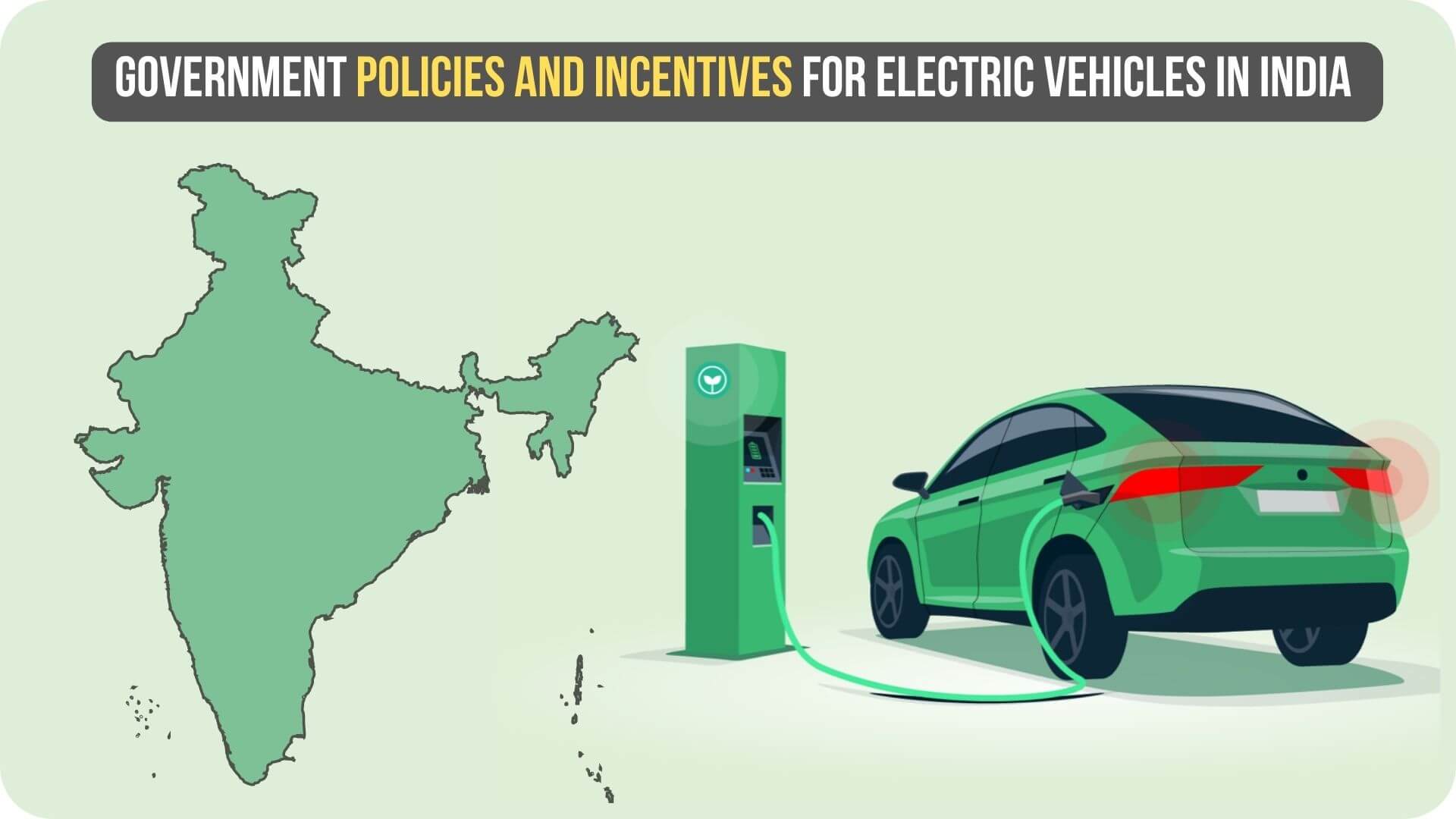Introduction
Electric vehicles (EVs) are an essential component of the global effort to reduce carbon emissions, improve air quality, and decrease dependence on fossil fuels. In line with this, several government schemes and incentives have been launched to encourage the adoption of electric vehicles and provide financial support to manufacturers and buyers. In this article, we will discuss the various government schemes for electric vehicles in India and their impact on the growth of the electric vehicle industry.
FAME India Scheme
The Faster Adoption and Manufacturing of Hybrid and Electric vehicles (FAME India) scheme is a flagship program launched by the government in 2015 to promote the manufacture and adoption of electric and hybrid vehicles in the country. The scheme aims to establish a robust charging infrastructure across the country to support the growth of the electric vehicle industry. Under this scheme, financial incentives are provided to manufacturers and buyers of electric vehicles and charging infrastructure. The scheme is divided into two phases, with Phase 1 running from 2015-2018 and Phase 2 running from 2019-2022.
In Phase 1, the scheme provided subsidies on electric and hybrid vehicles, with the maximum subsidy for two-wheelers being Rs. 22,000, for three-wheelers being Rs. 29,000, and for four-wheelers being Rs. 1.38 lakhs. The scheme also provided support for the development of charging infrastructure, with a grant of up to 50% of the capital cost for setting up a charging station, subject to a maximum of Rs. 30 lakhs.
In Phase 2, the scheme has been expanded to include a larger number of vehicles and charging infrastructure. The scheme now provides a subsidy of up to Rs. 1.5 lakhs for four-wheelers, Rs. 30,000 for three-wheelers, and Rs. 10,000 for two-wheelers. The scheme also provides support for the development of charging infrastructure, with a grant of up to 30% of the capital cost for setting up a charging station, subject to a maximum of Rs. 30 lakhs.
The FAME India scheme has played a crucial role in promoting the adoption of electric vehicles in the country. The scheme has provided financial support to manufacturers and buyers of electric vehicles, making them more affordable and accessible to a wider range of consumers. Additionally, the support provided for the development of charging infrastructure has helped to establish a robust charging infrastructure across the country, making it easier for electric vehicle owners to charge their vehicles.
GST Reduction
To make EVs more affordable, the government has reduced the goods and services tax (GST) on electric vehicles from 12% to 5%. This reduction in GST is expected to bring down the cost of EVs and make them more accessible to a wider range of consumers. Additionally, GST on EV charging infrastructure has been reduced from 18% to 5%. The reduction in GST on electric vehicles and charging infrastructure has made it more attractive for consumers to purchase electric vehicles, and for manufacturers to produce them.
Incentives for Charging Infrastructure
The government has also launched a scheme to provide financial incentives for the installation of charging infrastructure for electric vehicles. Under this scheme, the government will provide up to 30% of the capital cost for the establishment of charging stations, with a maximum limit of Rs. 30 lakhs. This will help to establish a robust charging infrastructure across the country and make it easier for electric vehicle owners to charge their vehicles.
The government has also launched a scheme to provide financial incentives for the installation of charging infrastructure for electric vehicles in public places. Under this scheme, the government will provide up to 50% of the capital cost for the establishment of charging stations.
Conclusion
Overall, the government’s schemes and incentives for electric vehicles are aimed at promoting the use of electric vehicles and supporting the growth of the electric vehicle industry in the country. With these schemes, the government hopes to reduce the country’s dependence on fossil fuels, improve air quality, and make electric vehicles more accessible to a wider range of consumers.
